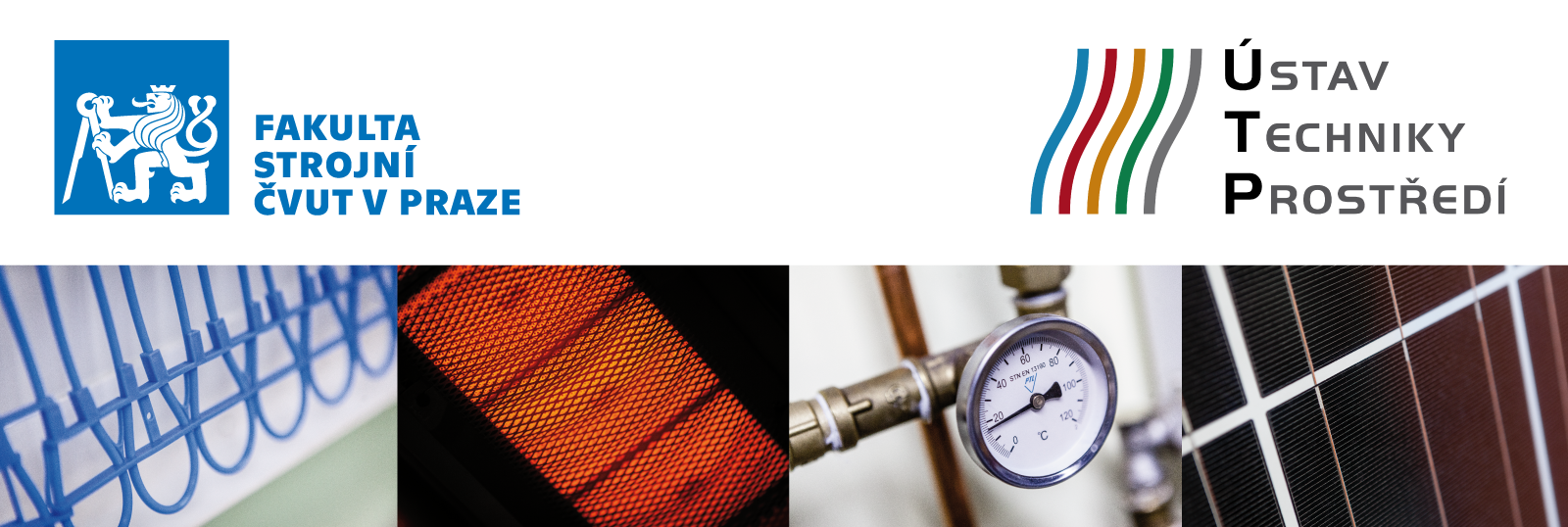Renewable Energy,Volume 154, Pages 1165-1179, ISSN 0960-1481
An efficient storage retains thermal stratification and improves the discharging performance. Turbulent mixing between hot and cold water is the prime source of stratification destruction. In this paper quantification of turbulent missing was achieved on the basis of temperature profile, MIX number, and Richardson number. The evaluated parameters include flow rate, ΔT, and diffuser design, henceforth a direct interdependence between each was thus established. Various CFD models were developed and experimentally validated on the test rig in order to find the optimal working conditions in discharge mode. The results proved numerically that the tank working conditions can be optimized by proper selection of inlet device. For instance, slotted type inlet device sustained maximum stratification even in as adverse a condition as of turbulent inflow & low ΔT. Perforated and simple inlet devices were capable of delivering best discharge efficiency only at low flow rate of 200 l/h and were showing insignificant dependency on ΔT. However, as flow rate is increased, ΔT dependency increased. Seeing the compounded benefits of slotted inlet devices and decreased ΔT, it was concluded that slotted inlet device delivered comparatively better thermal performance at both adverse conditions i.e. high flow & low ΔT and high flow & high ΔT, however, failed to outshine the rest of the inlet devices at low flow rate & low ΔT, and low flow rate & high ΔT. These research findings can serve as guidelines to optimize the storage tank design – more specifically, inlet device based design integrated with heating system, as thermal stratification and COP of heating system – heat pumps, for example, are inherently correlated. Heat pumps are high flow rate and low ΔT devices, while, solar systems are low flow rate and high ΔT devices, Thus, opting for accurate choice of inlet device for a particular operating condition is critical.
